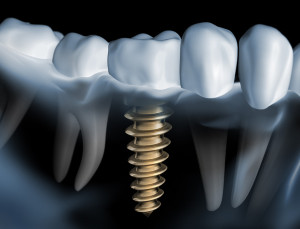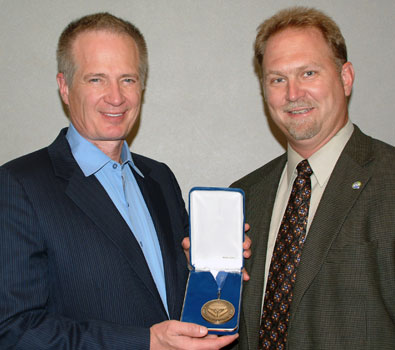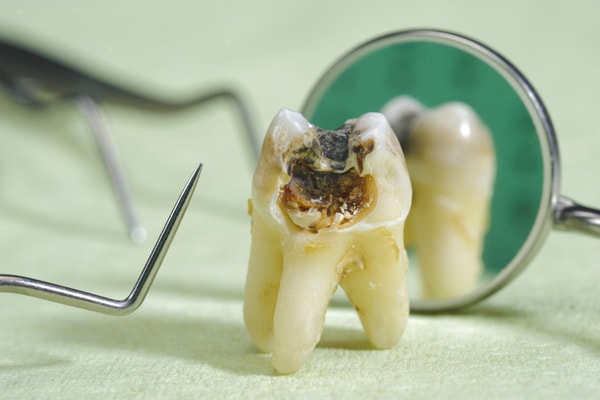 Although dental implants are the preferred tooth replacement method by most dentists today, there is evidence that humans have been attempting to replace missing teeth with root form implants for thousands of years. Four thousand years ago, the Chinese were using carved bamboo pegs to replace lost teeth. Ancient Egyptians were using pegs made of precious metals two thousand years ago, along with transplanted human teeth and teeth made of ivory.
Although dental implants are the preferred tooth replacement method by most dentists today, there is evidence that humans have been attempting to replace missing teeth with root form implants for thousands of years. Four thousand years ago, the Chinese were using carved bamboo pegs to replace lost teeth. Ancient Egyptians were using pegs made of precious metals two thousand years ago, along with transplanted human teeth and teeth made of ivory.
Another remarkable archeological find in Honduras from 600 AD., showed early dental implants in the lower mandible of a young Mayan woman. This case was particularly interesting to researchers because the woman had three missing incisors replaced by pieces of shell. The tooth-shaped shell pieces had bone growth showing that these early efforts at dental implants were both functional and esthetic.
Early efforts were not as crude as researchers would have thought, but must have been very painful to install without the modern miracle of anescetics. Additionally, the chance of infection was likely increased in environments where little was known about the benefits of a sterile working atmosphere.
The Modern Day Dental Implant
Fast forward a few thousand years and the dental implant has become a very different invention. Modern day dental implant research reached its zenith in the 1950s when workers created chambers of titanium to be embedded in rabbit ears. In 1952 while studying bone healing and regeneration, a Swedish orthopaedic surgeon, Per-Ingvar Brånemark, adopted the Cambridge designed “rabbit ear chamber” for use in a rabbit femur. Following the study, he attempted to retrieve the chambers and found that he was unable to remove them from the rabbits. However, all was not lost, Brånemark discovered that bone had grown into such close proximity with the titanium that it effectively adhered to the metal. Shortly thereafter, the clinically observed adherence of bone with titanium as officially given the name “osseointegration” and 1965, the first titanium dental implant was placed into a human volunteer.
Since their inception, dental implants have evolved into three basic types:
1) Root form implants are the most common type of implant and are made of titanium. And with different shapes and surface textures, these implants can serve a wide-variety of tooth replacement needs.
2) Zygomatic implants are a long implant that can anchor to the cheek bone. These are most effective for patients that suffer from bone loss because the implant passes through the maxillary sinus to retain a complete upper denture.
3) Small diameter implants have a low diameter and a one piece construction. This type of implant is sometimes used for denture retention or orthodontic anchorage.
Dental Implant Anatomy
A dental implant usually consists of a titanium screw called a fixture (resembling a tooth root), a middle piece called an abutment, and an artificial tooth or crown. Because the material is less likely to be rejected by the body, the majority of dental implants are made out of titanium. The whole procedure takes between 3 and 6 months, including healing time. And although early efforts were a bit more risky, modern day dental implants have a sucess rate in the close to 95%.
Dr. Cooper Knows Dental Implants!
Don’t wait another year to take care of the problems with your teeth. Dr. Cooper knows dental implants and wants to help you get a beautifully restored smile. Want to know more? Peruse our website to find out more about our fantastic financing options and what our satisfied patients are saying about us. Our helpful staff can answer any questions you may have about the process and what factors make a good candidate for dental implants. Call us today to schedule your consultation and get the benefits of a beautifully restored smile!




